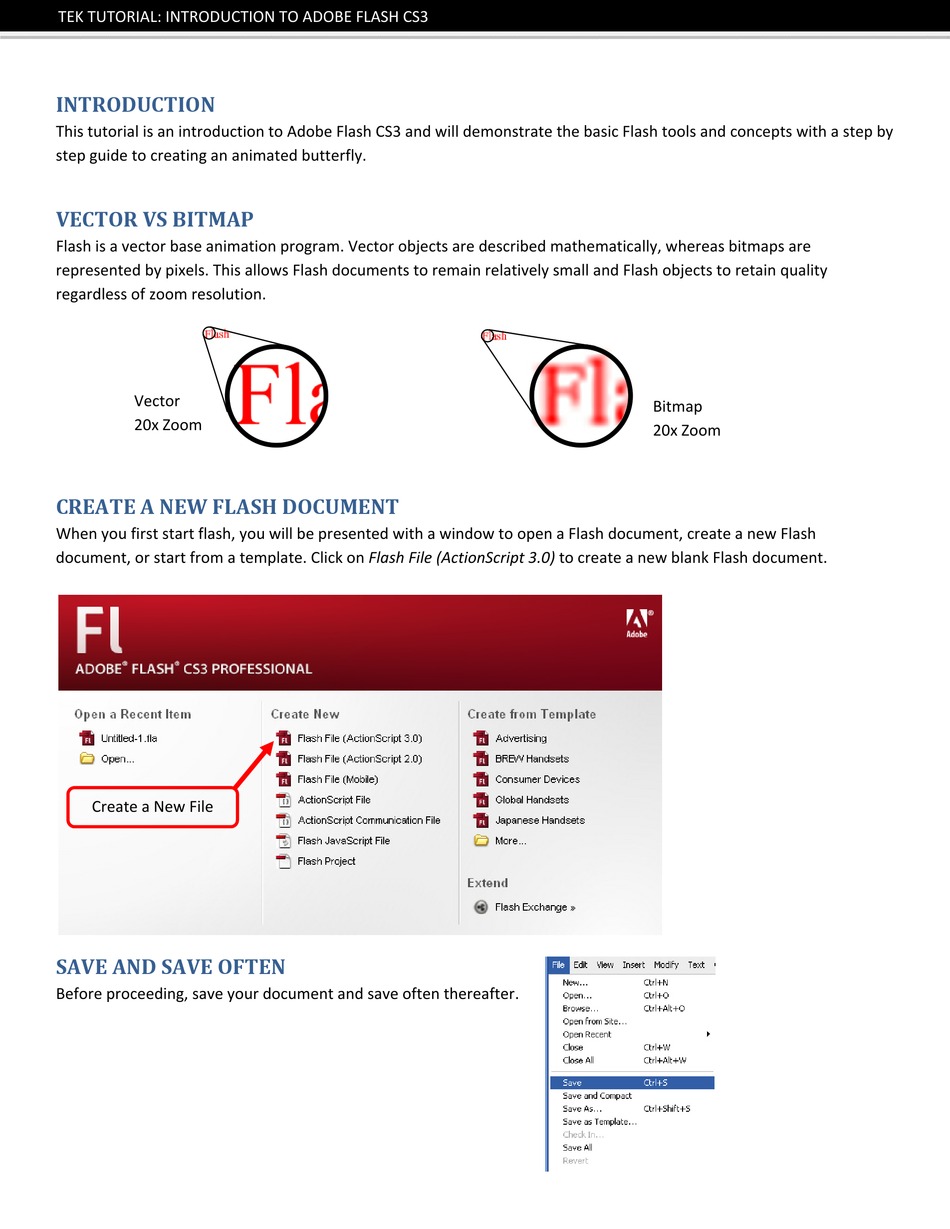
- YOUTUBE ADOBE FLASH CS3 PROFESSIONAL TUTORIAL HOW TO
- YOUTUBE ADOBE FLASH CS3 PROFESSIONAL TUTORIAL SKIN
- YOUTUBE ADOBE FLASH CS3 PROFESSIONAL TUTORIAL FULL
- YOUTUBE ADOBE FLASH CS3 PROFESSIONAL TUTORIAL CODE
- YOUTUBE ADOBE FLASH CS3 PROFESSIONAL TUTORIAL PROFESSIONAL
YOUTUBE ADOBE FLASH CS3 PROFESSIONAL TUTORIAL PROFESSIONAL
Flash Professional / Create video files for use in Flash, at Adobe, retrieved Feb 18 2013. After a search, you can tick a box for only showing downloadable videos. Includes open source (creative commons) videos. Use advanced search in order to restrict search to duration. Firefox video download helper extension:. Getting videos from sites like YouTube is not easy without download helpers (see below). You may download videos from the Internet (make sure that copyright allows you to do so). The click on the green arrow button to encode (as above)ĥ Links 5.1 Finding videos on the Internet. Remove frames from the start and/or the end: Use the small white trianglesĪdobe Media Encoder editing (export settings). 
 Look at frames: Move the yellow play head. Clip the video: Click on the Source tab first, select the rectangle icon to the left, then either change the values of left, top, right, bottom or use the clipping rectangle.
Look at frames: Move the yellow play head. Clip the video: Click on the Source tab first, select the rectangle icon to the left, then either change the values of left, top, right, bottom or use the clipping rectangle. YOUTUBE ADOBE FLASH CS3 PROFESSIONAL TUTORIAL HOW TO
The picture below explains, how to make a few edits.
Menu Edit -> Export settings or hit CTRL-E (.fine name. Select the output video line (underneath the imported video, see the screen capture above: the *.flv file is selected). However we suggest not to use this feature and rather use so-called ActionScript cue points. You also can add so-called cue-points. This is particularly useful, if you shot the video yourself, e.g. You can clip each side (top, bottom, left, right). You can remove frames in the start or the end. YOUTUBE ADOBE FLASH CS3 PROFESSIONAL TUTORIAL FULL
It is not a full video editor like Premiere, but allows to do a few very useful operations: The Media Encoder allows to "edit a video file in various ways. maintainAspectRation for starters.Īdding a video to the Adobe Media Encoder CS6 4.2 Editing You also can make adjustements to the color
YOUTUBE ADOBE FLASH CS3 PROFESSIONAL TUTORIAL SKIN
A skin will define what kinds of controls the user will have.
Bad: C:\.\flash\e圆\screenshots\my_video.mp4. Set the name of the video file with source in the Properties panel (e.g. Step 2: Configure the properties of the component Copy the video file into the same directory as your flash file (unless you know how to deal with relative file paths, something that you may have learned creating HTML pages using pictures). Now save your Flash file, else it will not work, since Flash will not find the video file !. Open the components panel (Menu Window->Components or CTRL-F7). Step 1: Drag the component to the stage and save the file Just below we explain the procedure for an *.mp4, *.flv or *.f4v video that already is "ready" for production. at least make it smaller and cut of unwanted beginning and end. In most cases, you would have to adapt your video file, i.e. The only difficulties relate to file path operations (correct paths and copying files). All operations are centralized in the properties panel. You can use *.mp4 videos without prior encoding to a Flash video format. Using Flash CS6 (and CS5) component is really easy Since Flash 10/CS5, Adobe provides the more efficient *.f4v format and also directly supports other formats for playback. Note: In CS3 and CS4, only the Adobe *.flv format was supported. Choose a skin (user interface configuration) and provide the file name or URL of the *.flv video Drag the FLVPlayBack Video Component to the stage. It may differ a bit from the full CS6 version. This tool is included in the Flash distribution. If your video uses a format that is not *.flv, *.f4v or *.mp4 of if you plan to reduce its size or trim it then prepare it first with the Adobe Media Encoder. The executive how-to summary for simple video playbacks YOUTUBE ADOBE FLASH CS3 PROFESSIONAL TUTORIAL CODE
For more sophisticated interactions with a video you need to code with ActionScript, as explained in the Flash augmented video tutorial.The Caption (subtitle) component requires some XML Editing.The FLVPlayBack Video Component is really easy to use since it provides a series of ready-made skins (user interfaces) from which you can choose.The executive summary about Flash Videosįlash has built-in video management components. Level It both aims at beginners (FLV encoding, using the video playback component and embedding a video in the timeline) and intermediate Flash designers (inserting captions and using cue points to trigger animations). It can be used as handout in a "hands-on" class.

Quality This text should technical people get going and may not be good enough for self-learning beginners.

Learning goals Learn how to encode *.flv and (older) *.f4v files Learn how to use the Flash 11 (CS6) video component for simple video playback Prerequisites for the first part Flash CS6 desktop tutorial Flash drawing tutorial Flash component button tutorial Moving on Flash augmented video tutorial Flash video captions tutorial The Flash article has a list of other tutorials.








 0 kommentar(er)
0 kommentar(er)
